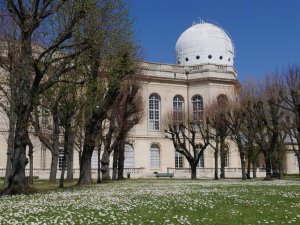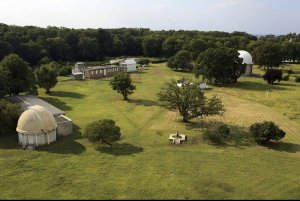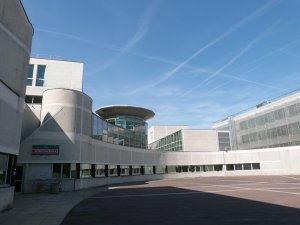Terahertz Instrumentation and Remote Sensing
It includes research activities in three directions:
– Terahertz instrumentation for ground-based and space telescopes
– Earth remote sensing using multiple satellite observations
– data processing and virtual observations
The Instrument group at LERMA is a key international player in milllimeter to THz components and instrumentation, with active participation in space borne missions within international collaborations. Its main goal is to advance basic knowledge in THz devices, and to develop new technologies or circuit concepts in order to be able to propose some instruments as PI or as a key partner. This group has always worked at the frontier of electronics in terms of frequency and sensitivity. It is specialized in millimeter to THz heterodyne components and receivers, which provides unique insight in the physics and chemistry, in particular of the interstellar medium and the atmosphere of planets, including the Earth.
The Software Instrumental activity of this pole focuses on the modeling of the instrumentation, the processing of the data, and the development of Virtual Observation strategies. The data come both from instruments (e.g., ALMA, NOEMA, Planck, SKA) and from numerical simulations. The activity includes all the aspects and problems related to data consolidation, data storage and perpetuation, data diffusion and sharing.
The Earth and Planet Remote Sensing component revolves around the microwave to millimeter wave radiometry from satellites, for the characterization of the Earth atmosphere and surface. Different aspects are covered, including the analysis of satellite observations, the modeling of the radiative transfer, and the development of inversion methods. It is based on collaboration with the instrument group and projects couple science and instrument studies. The group works on both atmospheric and surface analysis, using microwave observations but also exploring the synergies between visible, infrared and microwave observations. We produce geophysical variables (e.g., soil moisture, inundation extent, emissivity) over long time series at a global scale, or for use by the climate and meteorological communities. We are also involved in the analysis of satellite observations of planet, using similar methodologies.




